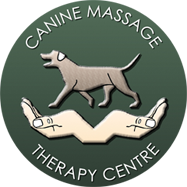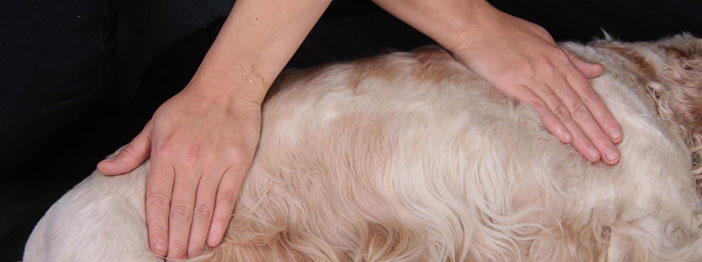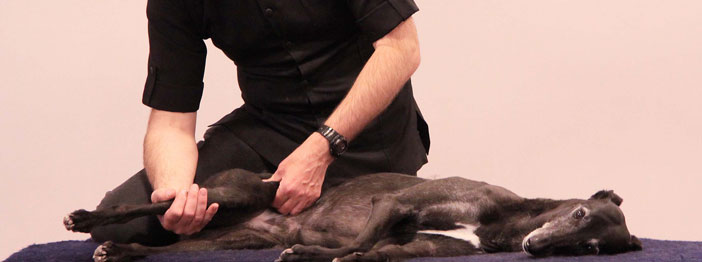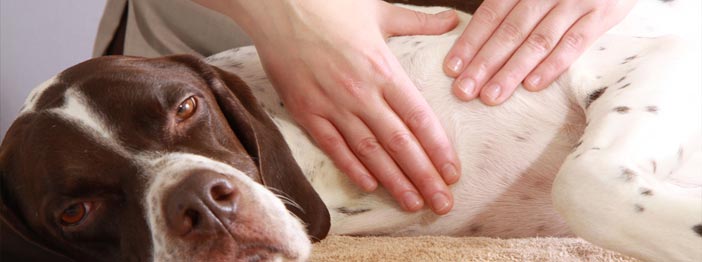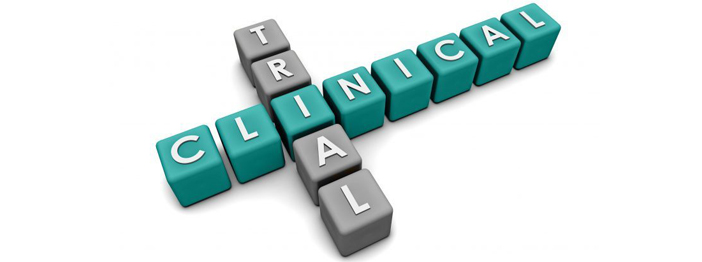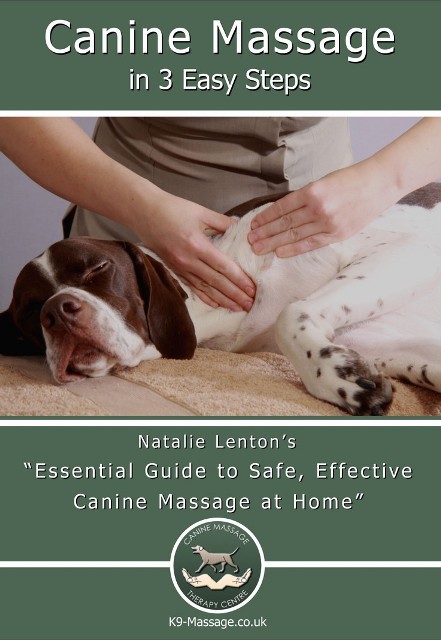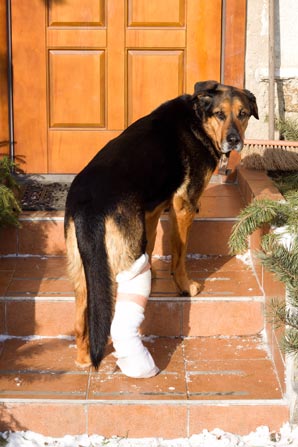 Whether it is due to injury or illness sometimes Amputation is a necessity.
Whether it is due to injury or illness sometimes Amputation is a necessity.
Sometimes also called Tripods or Tripawds the amputee dog copes surprisingly well although it can take a while for your dog to acclimatise to the loss of a limb.
Canine Massage is an amazingly effective form of rehabilitation. Obviously your dog will be heavily overcompensating with their other legs and transferring their weight to adjust to their new body. This results in habitual patterns of tension and what we call Protective Muscle Splinting. When muscles have to work harder to stabilise the joint they will often become Hypertonic, accumulate painful stress areas known as Trigger Points which are well documented for referring pain.
The fully trained massage therapist will use a range of techniques to help address areas of soft tissue injury, Myofascial pain and hypertonicity to
- Improve your dogs comfort levels
- Increase range of motion
- Help your dog to adapt
- Balance muscles
- Address areas of overcompensation
- Provide Pain Management
- Help your dog get back to normal life
The dog has around 700 muscles which pull on the bones to produce movement. Without muscle there is no movement which a lot of people often forget. By taking care of the dogs muscular issues it can help to alleviate and reduce pain naturally with non invasive muscular manipulation.
 Please be aware that one of the worst things you can do for you amputated dog is to put them on a wobble cushion or peanut ball; both of which are unstable surfaces. When the dogs body is unstable the last thing you want to do is put that unstable body on an unstable surface. Many owners are put on a ‘canine rehab programme’ which goes on for several months and often the owner is left wondering why they dog is not getting any stronger and in some cases often gets worse.
Please be aware that one of the worst things you can do for you amputated dog is to put them on a wobble cushion or peanut ball; both of which are unstable surfaces. When the dogs body is unstable the last thing you want to do is put that unstable body on an unstable surface. Many owners are put on a ‘canine rehab programme’ which goes on for several months and often the owner is left wondering why they dog is not getting any stronger and in some cases often gets worse.
It is because this equipment which you think is helping is actually causing or exacerbating the injury. If you have been recommended to use one of these pieces of equipment we advise you the owner toa: ask about the persons qualificationsb: Ensure that they have advanced level Anatomy and an understanding of the dogs biomechanics,c: to put yourself in your dogs position and stand on a wobble cushion on 1 leg yourself. You will soon see how these pieces of equipment can cause injury and why they are detested by true canine rehabilitation professionals with real anatomical knowledge across the world.. You may be surprised to know that many ‘trainers’ who work with fit balls and wobble cushions have attended short 3 day courses where anatomy, physiology and understanding or pathology is not taught. Shocking isn’t it?
It is also a good idea to get some professional knowledge on how you can apply some basic techniques at home yourself. Many owners find this helps enormously, bringing a sense of empowerment to the owner and importantly providing comfort at home.
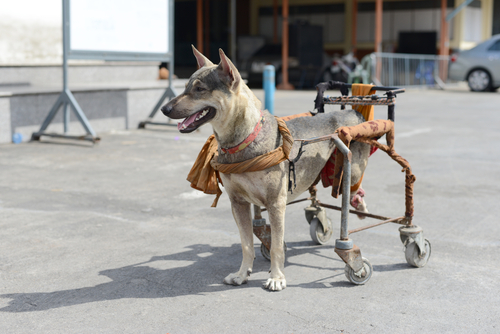 We understand that the initial period of adjustment can be scary both for you and your dog and that is why we work, gently, considerately and empathetically with each dog to address their individual needs. A fully trained therapist will be compassionate, confident, competent and will support your dogs needs by working with you and your vet.
We understand that the initial period of adjustment can be scary both for you and your dog and that is why we work, gently, considerately and empathetically with each dog to address their individual needs. A fully trained therapist will be compassionate, confident, competent and will support your dogs needs by working with you and your vet.
To find a therapist in your area, check out the “Find a Therapist” page
